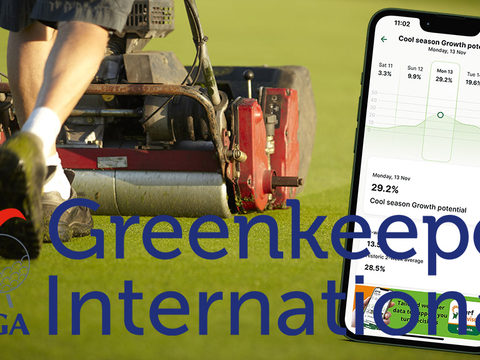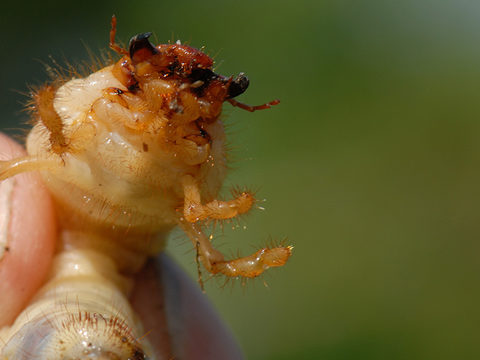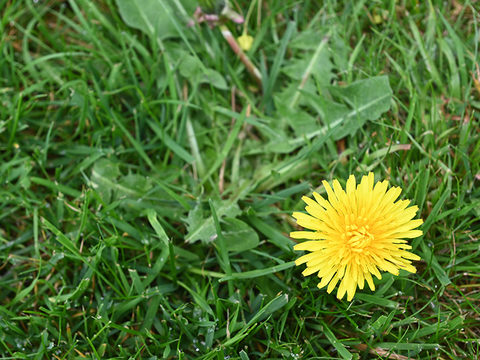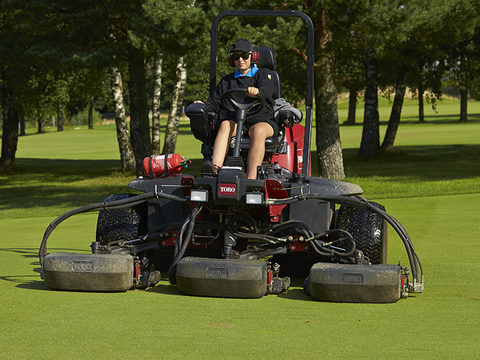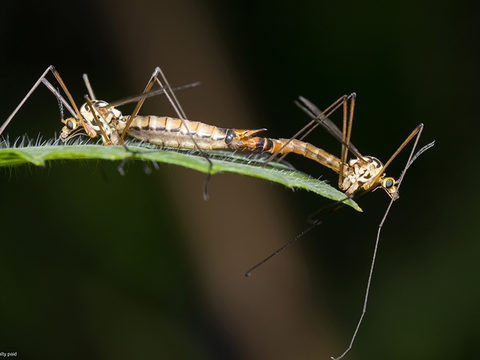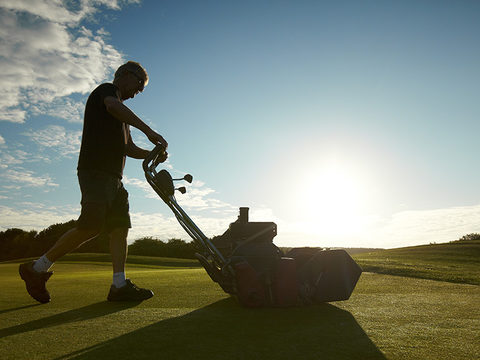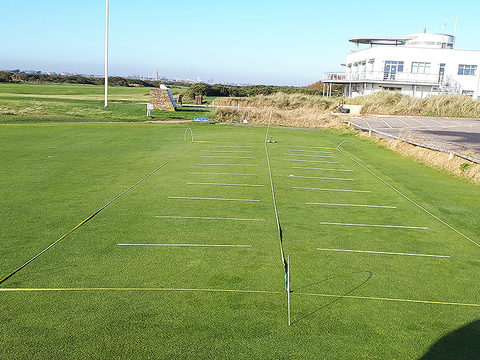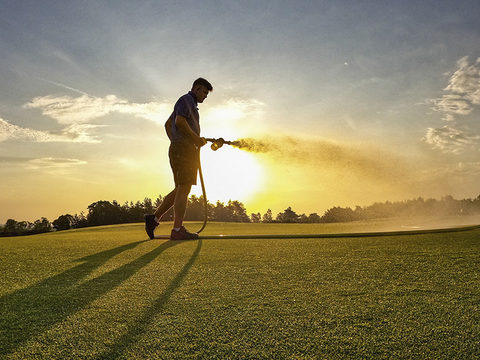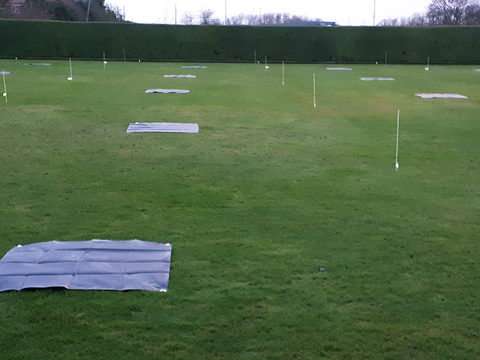Coping with summer stress
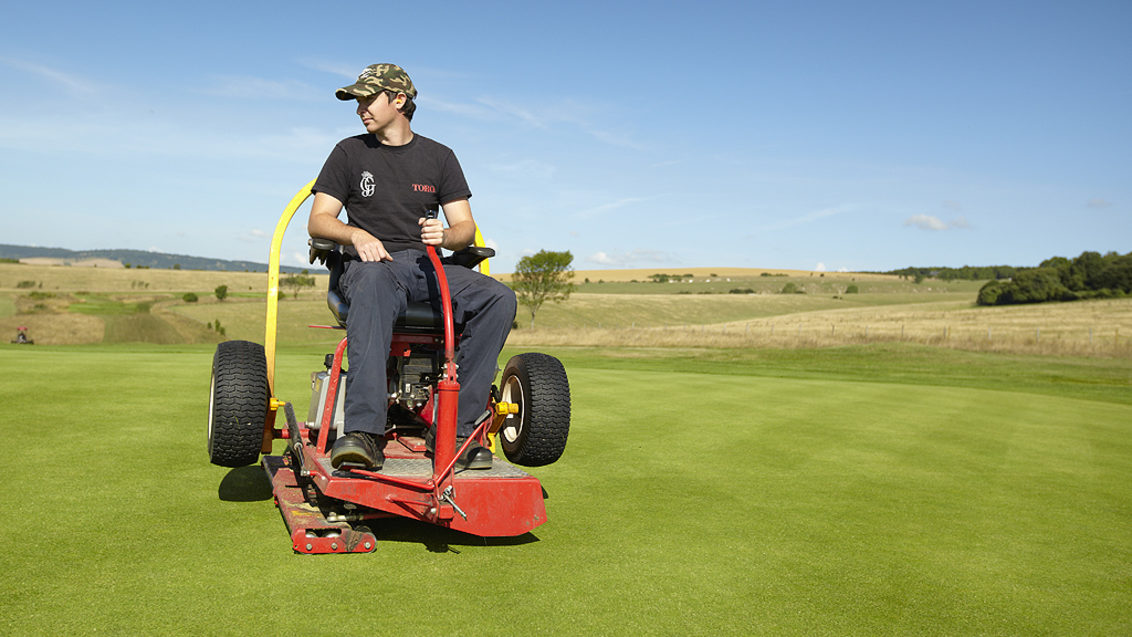
Already this year turf has had to cope with immense climatic extremes, from prolonged rain and extensive flooding, to a period of weeks without rain through the key spring recovery period.
Climatic conditions, coupled with the artificial impacts imposed by management regimes for better playing surfaces, puts turf plants under almost continuous stress, writes Syngenta Turf Technical Mananger, Glenn Kirby (below).
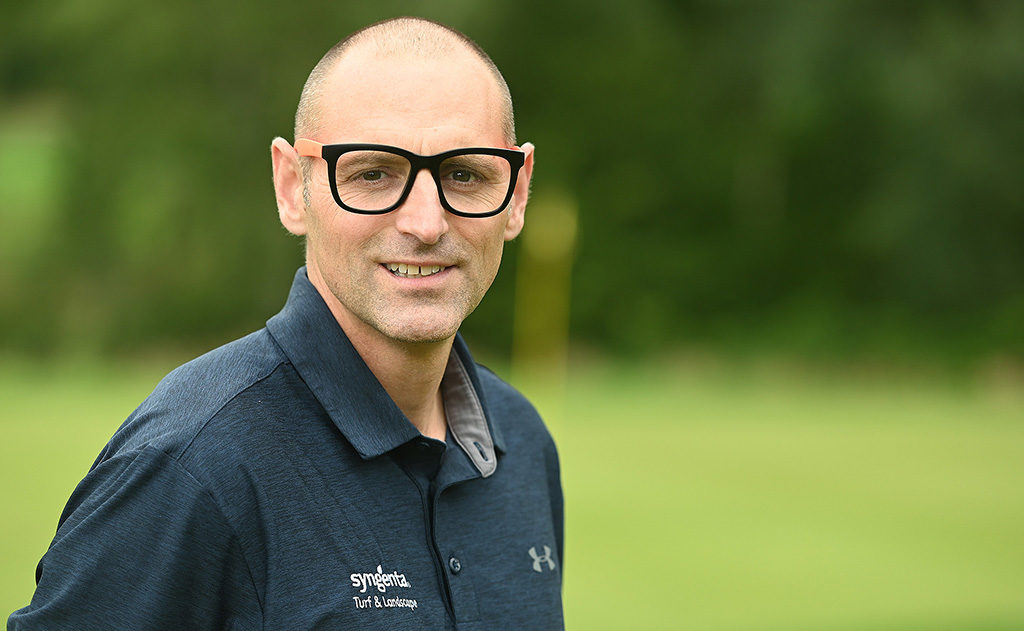
In summer, protracted hot and dry weather risks tipping the balance over the edge. Research has repeatedly shown stress is a precursor of summer anthracnose (Colletotrichum graminicola) outbreaks, which STRI records show has been getting a progressively more serious issue over recent seasons.
GreenCast historic disease records provide a picture of periods of risk in previous seasons for any golf course in the UK and Ireland. It’s a valuable tool to identify when and where infections could break out and, when linked to localised weather records, an indication of challenges for the coming months.
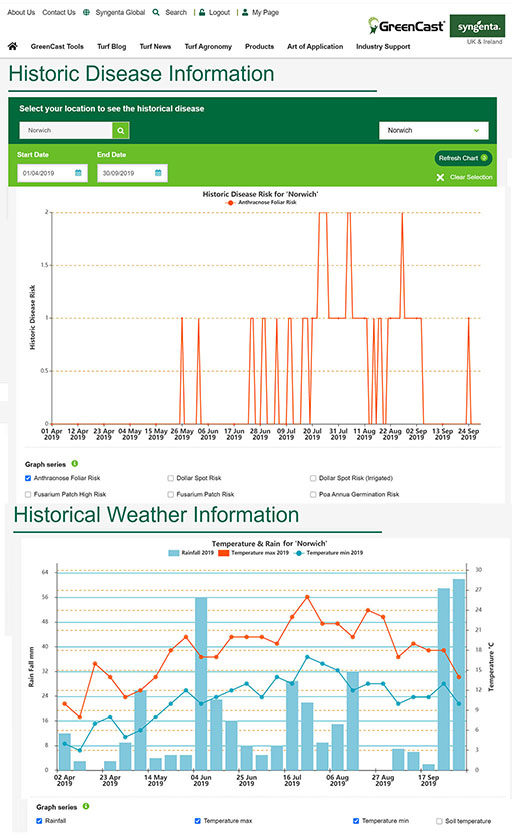
Moisture balance
Moisture is clearly one of the key factors of turf stress and maintaining healthy turf. Lack of water in itself ultimately impacts on cell functionality; leaf wilting has been linked to reduced amino acid availability. However, even at small deficits, there can be implications for stress.
Plant physiology research has shown leaf stomata shrink in size, or even close, when under moisture deficit.
That would appear a useful mechanism to limit moisture loss, but also has the effect of limiting CO2 uptake – which has been shown to reduce photosynthetic activity.
The whole interaction is exacerbated by our continuously holding turf at an artificially small leaf area, in order to maintain desired playing surface quality. But understanding the process and the implications of the pressure we impose, can help with making mitigating management decisions.
One of the findings from this season’s STRI Lockdown Trial has been how effectively turf drought stress could be held off through prolonged moisture deficit pressure with Qualibra wetting agent and limited irrigation resource, under a reduced intensity management prgramme.
Light touch
Met Office records declared May this year being the sunniest month ever in the UK.
Whilst light is a key component of photosynthesis, extensive research in the development of Ryder pigment revealed too much light can be physically damaging to internal leaf function.
The research suggests that effectively adding a UV filter to the leaf surface, in the form of the Ryder pigment, can help to mitigate the damaging effects and stress of too much light, without impacting on the cell function.
Nutrient uptake
Syngenta research, in conjunction with ICl, has shown the combination of foliar nutrient, along with well-timed fungicide application, was the most effective route to limiting the occurrence and the severity of anthracnose attack (below).
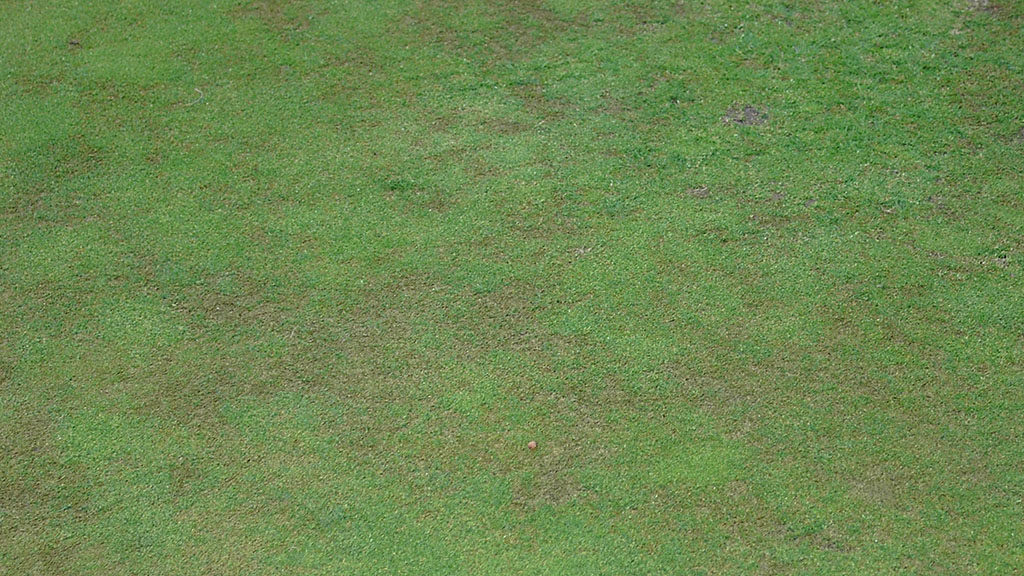
The STRI replicated trial showed using nutrition alone reduced anthracnose infection from 17% or the greens area to 4%. Adding in the fungicide treatment as well gave an overall 94% disease reduction, to less than 1% of the surface.
The trial also showed the liquid fertiliser and fungicide combination increased chlorophyll content in the leaf by up to 66%, along with improving the STRI turf health visual merit score up to 8.8, from 3.0 or less in the untreated.
Rolling damage
The STRI Lockdown trial has also shown that, with an effective GDD-based Primo Maxx II PGR programme, there is the potential to ease off cutting frequency and still maintain turf quality and consistency – if your situation allows. If you normally set cutting height at 2.8 mm, backing off to 3.2 mm, for example, gives an extra 15% of leaf area to deliver photosynthetic activity.
The combination of PGR with alternating days of cutting and rolling has shown it is possible to maintain consistent surface quality and speed, where conditions allow.
Whilst it is often assumed that heavy play and physical plant wounding would exacerbate anthracnose infection and effects, one fascinating piece of research has shown that heavy foot traffic made no impact on levels of the disease.
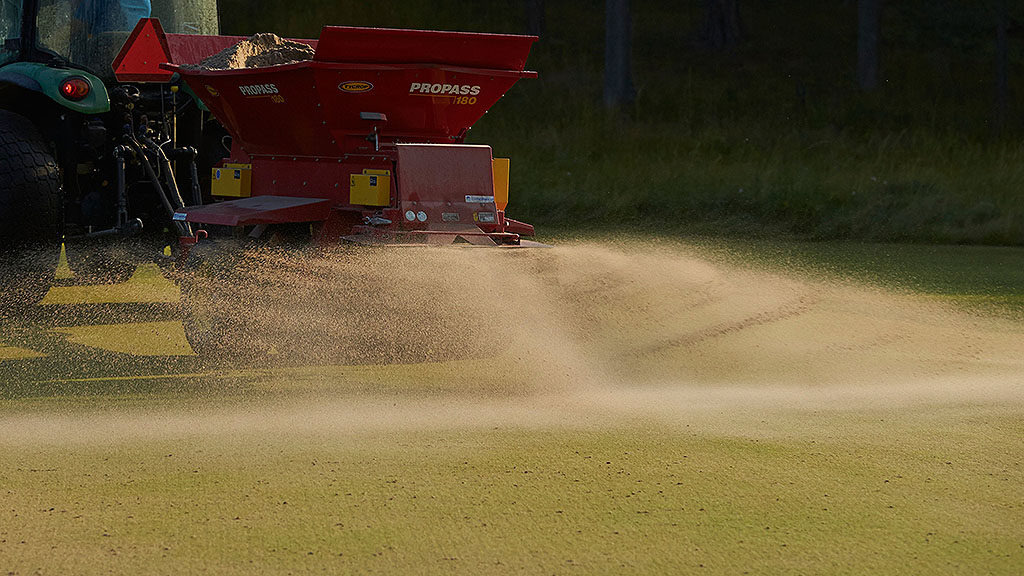
Furthermore, it showed that wounding associated with repeated sand top dressing also had no effect on disease levels, as the added protection to the crown of the plant more than countered the downside.
Protein boost
Once turf gets into stressful conditions there can be a spiral of decline. As photosynthesis reduces, carbohydrate production is depleted; so less respiration and energy production limits N uptake from the soil and amino acid production grinds to a halt.
It’s compounded by the fact that plants under stress, as photosynthesis slows from reduced green leaf, there is less carbohydrate to drive the Krebs cycle and manufacture the essential energy.
This fascinating insight into turf leaf metabolism changes the way we may need to think about feeding plants.
Directly providing the essential amino acids that can kick start the energy production cycle could be a future route to reducing the impacts of stress.

